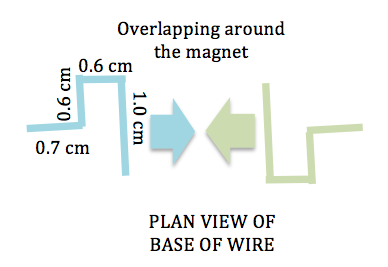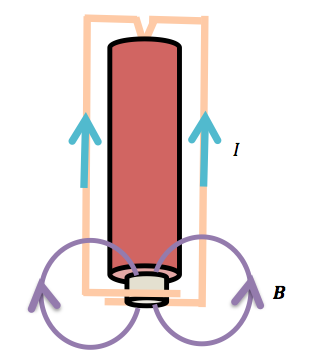Materials
- Bar magnet
- Paper clip (stainless steel)
- Plastic clipboard
- Steel bookend
Procedure
- Before the demonstration, make sure that the paper clip is not already magnetised by touching it with the steel bookend. If it gets attracted to the bookend, get a new paper clip.
- For the demonstration, first show that the paper clip can be picked up by a bar magnet in direct contact.
- Next, place the bar magnet on the plastic clipboard and try to pick up the paper clip with the clipboard in between them. Show the audience that the paper clip is attracted.
- Finally, place the bar magnet on the steel bookend and attempt to pick up the paper clip with the bookend between them. The paper clip will not be picked up.
Science Explained
Iron and steel are examples of ferromagnetic materials that have their magnetic domains aligned with an external magnetic field when placed in that field. This strengthens the magnetic field but also serves to concentrate the field lines within the ferromagnetic material itself, such that very little of the magnetic field penetrates the “shield”.




